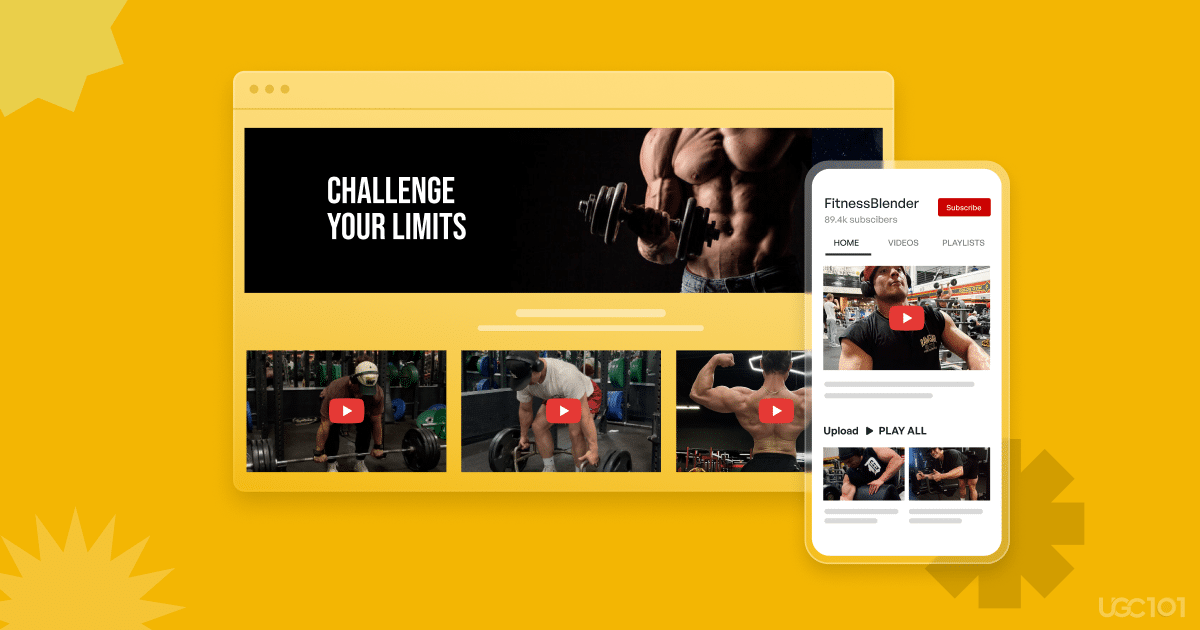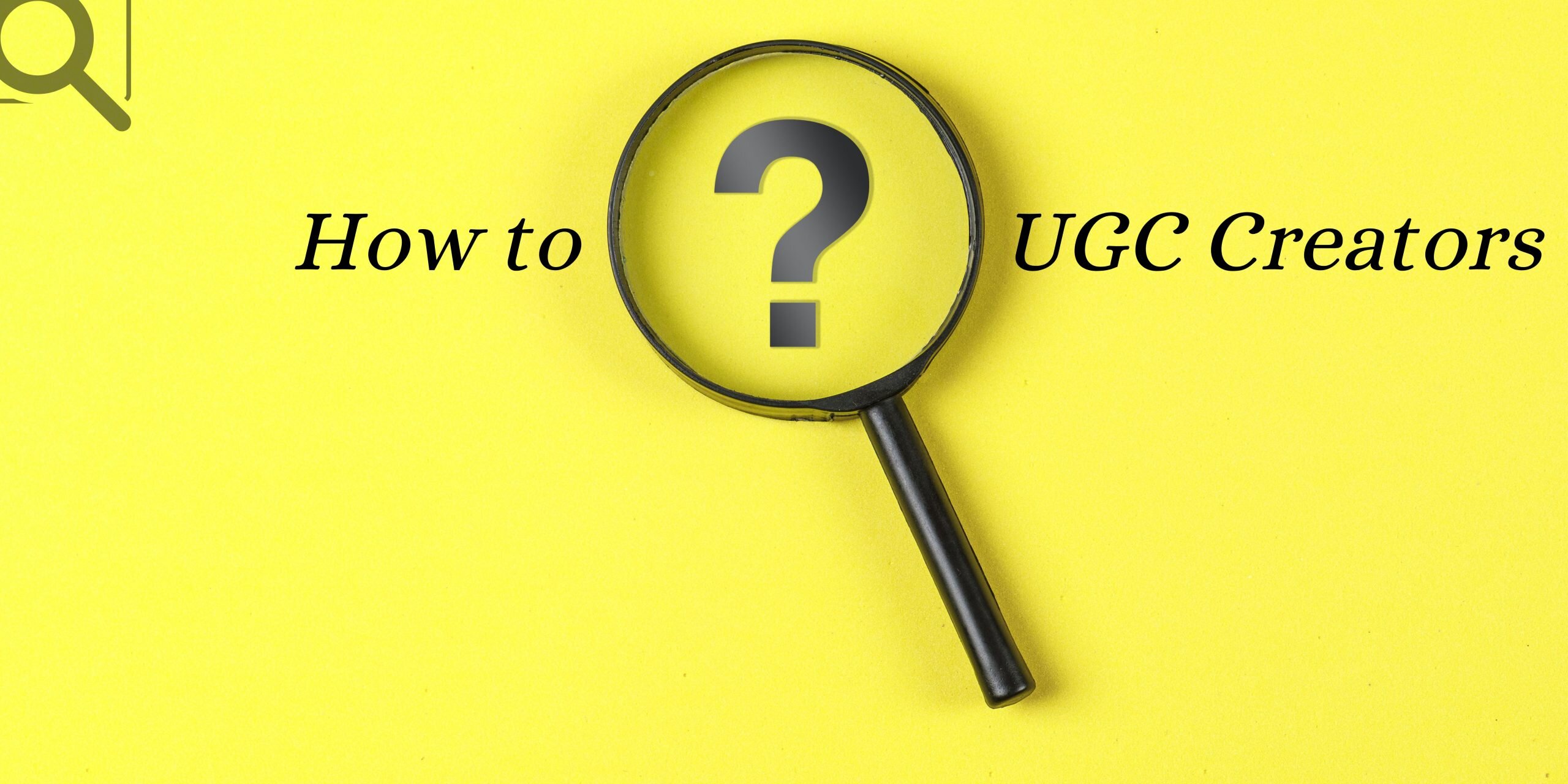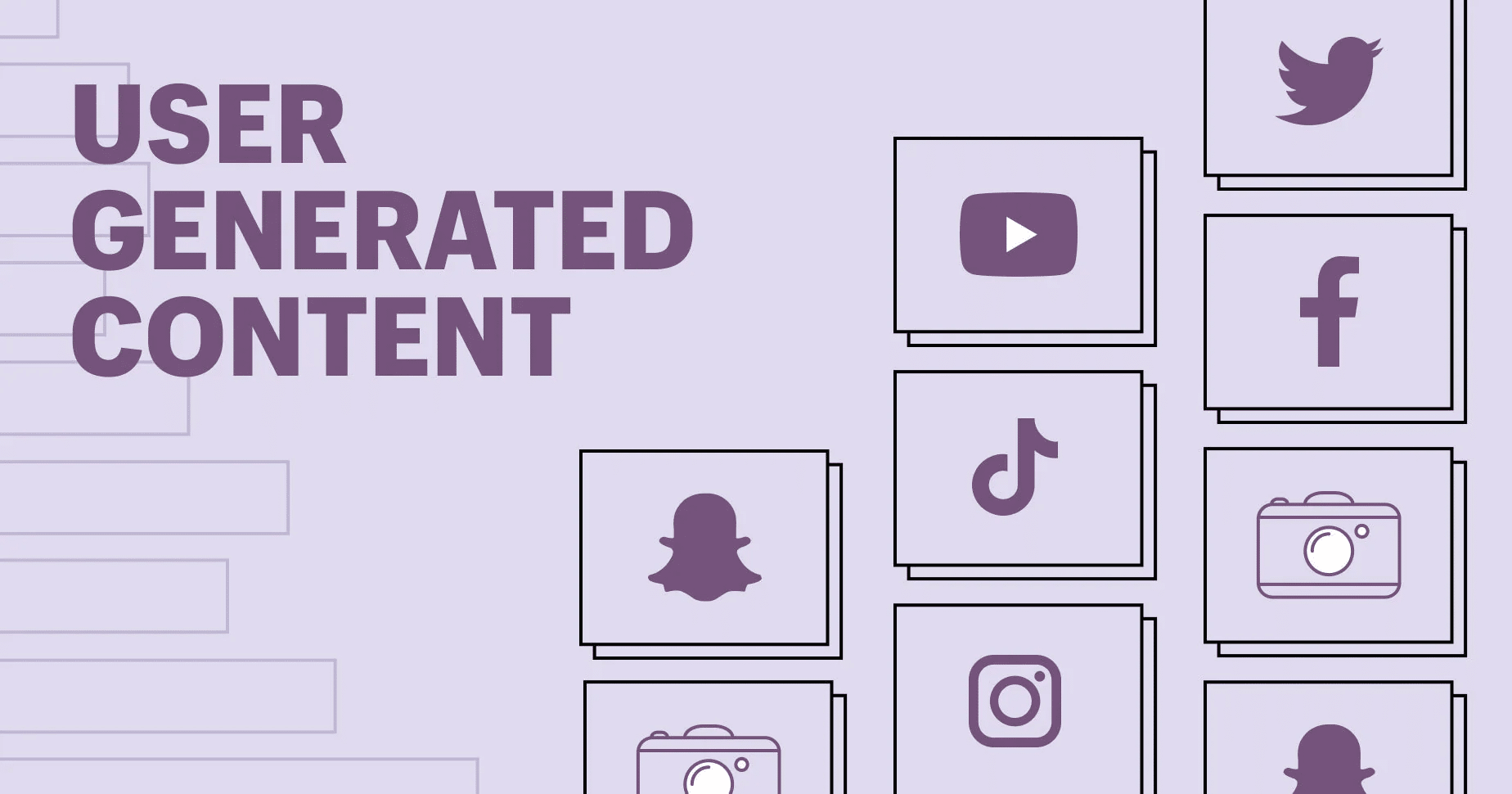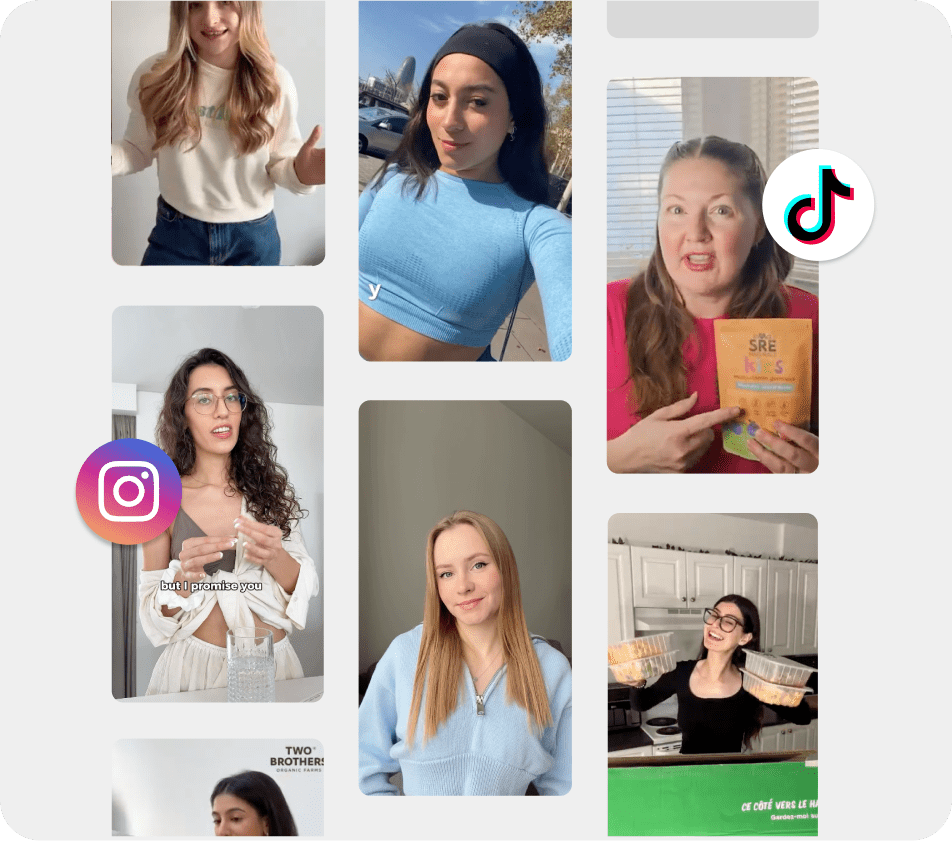Hey there! Ever been to a party where you felt like you truly belonged? Where your voice mattered, ideas flowed freely, and everyone vibed together like they were part of something big? Well, that’s exactly what community marketing is all about—creating a virtual hangout that’s the life of the brand party!
Think of it as more than just a marketing strategy; it’s like building your cool clique. But here’s the twist: instead of just talking about your brand, you’re throwing an epic get-together where your customers are the VIPs, sharing thoughts, ideas, and dreams.
Curious about how community marketing can be a game-changer for your brand? Buckle up! We’re about to dive into the world of thriving online communities, the secret sauce behind brands that don’t just sell but build lasting connections.
What is a Community?
A community is an organic gathering of individuals, digitally or in real life, sharing common interests, values, or goals. It’s a dynamic network where members connect, engage, and interact, fostering a sense of belonging and mutual support.
Communities thrive on shared experiences, discussions, and contributions from participants, creating a space for collaboration, learning, and emotional connections.
In the realm of marketing, a community transcends a mere customer base, evolving into a vibrant ecosystem that empowers brand advocacy, facilitates authentic conversations, and cultivates lasting relationships between brands and their devoted supporters.
What is Community Marketing?
Community marketing is like throwing a buzzing, digital house party for your brand! It’s a strategic approach that revolves around engaging and nurturing a community of customers, enthusiasts, or followers who share a common interest or passion related to your brand.
Instead of just broadcasting your message, community marketing flips the script. It’s about building relationships, sparking conversations, and creating a space where your audience feels heard, valued, and connected.
This approach involves fostering genuine interactions, encouraging user-generated content, and facilitating a two-way dialogue where your community actively participates in shaping your brand’s direction. It’s not just about selling; it’s about building trust, customer loyalty, and a sense of belonging among your audience.
Benefits of Having a Community Marketing Strategy
Your brand isn’t just a product; it’s a lively community buzzing with shared experiences, ideas, and laughter. Welcome to the magic of community marketing!
It’s not just about pushing products; it’s about building a thriving ecosystem where your audience isn’t just customers—they’re your companions on an exciting journey.
Let’s crack the secret sauce behind a community-driven strategy, where engagement isn’t a one-time deal; it’s an ongoing conversation.
Benefits of Having a Community Marketing Strategy
Increase Customer Retention Through Ongoing Engagement:
Keep the fire burning by nurturing continuous interactions and keeping your community engaged. The longer they stick around, the stronger the bond gets.
Give Your Customers A Voice In The Direction Of Your Business:
Want to know what your customers truly want? A community gives them a megaphone. They’re not just consumers; they’re content creators shaping your brand’s path.
Sell Directly To Your Community:
When your community is already invested, selling becomes less of a pitch and more of a conversation. It’s like recommending a favorite movie to a friend.
Genuine and Authentic Conversations:
No scripts here! It’s about real talk, real opinions, and real connections. Authenticity is the glue that binds your community.
Listen To Your Customers’ Top-Of-Mind:
Dive into their thoughts, feelings, and ideas. Their feedback isn’t just valuable; it’s a goldmine of insights.
Focused And Better Customer Service:
Ever felt like you’re just a ticket number in a queue? Community marketing flips the script. It’s about personalized, attentive service that makes your audience feel heard and valued.
Increased Satisfaction And Loyalty:
Happy customers stick around. A satisfied community isn’t just loyal; they’re your biggest cheerleaders.
Accessible To Market New Products:
Got something new brewing? Your community’s the perfect platform for a sneak peek or a grand launch. They’re invested and eager to hear about your latest and greatest.
High Organic Engagement:
Forget the flashy ads; organic engagement within your community is where the real magic happens. It’s like having an ongoing block party!
Drive Innovation:
Ideas aren’t confined to boardrooms. Your community is a hotbed of creativity; tap into it for fresh perspectives and innovative thoughts.
Easy Retention:
Keep ’em close; it’s easier to retain a happy, engaged community than it is to constantly chase new faces.
And there you have it—the power of a community marketing strategy! It’s not just about numbers; it’s about forging connections, creating experiences, and building a home for your brand in the hearts of your audience. So, gather around, build that community, and watch the magic unfold!
Proven Strategies For Community Marketing
Alright, here’s the scoop on how to rock the community marketing game:
Be the Life of the (Digital) Party: Be Active in Groups
Imagine you’re at a dinner party. You wouldn’t just sit in a corner; you’d mingle, right? The same goes for community marketing. Dive into groups where your people hang out. Show up, engage, and be a part of the conversation. You’ll be the life of the digital party!
The Collaboration Connoisseur: Always Open to Collaborate
Ever heard of a jam session where artists collaborate to create something magical? That’s the vibe you want! Partnerships, guest appearances, or joint ventures—they’re like a remix of your brand’s story, adding new beats and flavors.
Advertise, but Make it Informative
Hold the sales pitch! Community marketing isn’t about bombarding your audience with ads. It’s about dropping knowledge bombs—informative, engaging, and value-packed content that’s more ‘Hey, check this out!’ than ‘Buy now!’
Consistency is the Name of the Game: Stay Consistent
Consistency isn’t just about posting at the same time every day. It’s about keeping the vibe going. Your community should know what to expect from you—whether it’s a meme Monday, wisdom Wednesday, or fun fact Friday. Stay true to your rhythm!
Engage, Engage, Engage: Engage with Your Audience
Imagine you’re hosting a talk show. You wouldn’t just talk; you’d chat, listen, laugh, and respond, right? That’s the deal with engaging your audience. Respond to comments, reposting on social media, ask questions, and keep the conversation flowing. It’s a two-way street!
Community Marketing Examples
Ever wondered how brands transform loyal customers into a vibrant community that fuels their growth? Let’s explore real-life examples where brands have harnessed the power of community marketing to create more than just a customer base. These success stories showcase how brands like Battered Black Book, Lego Ideas, and Adidas Creators Club have turned their audiences into engaged, collaborative, and passionate communities.
Battered Black Book:
This platform is an excellent example of a fashion community where members share their styles, tips, and experiences related to fashion and lifestyle. It’s a hub for fashion enthusiasts to engage, share, and be inspired by one another’s unique styles. Battered Black Book has effectively built a community that fosters creativity and connection among fashion aficionados.
Lego Ideas:
Lego Ideas is a prime example of a brand leveraging the power of its community. It allows Lego fans to submit their designs for new Lego sets. The community votes on the designs and those that receive enough support might become actual Lego products. This platform not only engages its community by allowing them to contribute but also turns their ideas into tangible products, fostering a sense of ownership and pride among fans.
Adidas Creators Club:
Adidas Creators Club is an innovative initiative where Adidas fans can engage, earn rewards, and contribute to the brand’s journey. Members get access to exclusive content, events, and early product releases. This community-based approach not only rewards customer loyalty but also actively involves them in the brand’s evolution, making them an integral part of Adidas’ story.
Best Community Marketing Platform
Facebook Groups: The Social Hangout
Ah, good ol’ Facebook! It’s like a bustling town square where everyone gathers. Groups here are like cozy cafes or buzzing book clubs where your community can chat, share, and connect over mutual interests. Perfect for building a community with a social touch.
Reddit: The Epic Forum
Reddit is your spot for passionate discussions and niche interests. It’s like entering a series of themed rooms—each with its vibe and tribe. Dive into subreddits related to your brand; just remember, it’s all about authenticity here.
Slack: The Collaborative Workspace
Slack is like a cool office hangout. It’s perfect for building a tight-knit, collaborative community. Think of it as your virtual water cooler, where your community can brainstorm, share ideas, and work together.
Quora: The Knowledge Base
Quora is like a library where your community seeks answers and shares expertise. It’s not just about promoting; it’s about being the go-to source for your niche. Answer questions, share insights, and establish your brand as a knowledgeable authority.
Discord: The Gamer’s Paradise
For the gaming and enthusiast community, Discord is the hotspot. It’s like having your private clubhouse—where gamers, creators, and fans can hang out, voice chat, and share their love for your brand or game.
Telegram: The Messaging Hub
Telegram is like your personal conversation hub. It’s perfect for direct messaging and engaging with your community on a more intimate level. Share exclusive content and updates, or host Q&A sessions; it’s all about building a more personal bond.
Each platform brings its unique flavor to the table. Choosing the right one depends on where your audience feels most at home. Ready to set up camp in these digital neighborhoods? Feel free to explore and find the perfect spot for your brand’s community vibe!
How to Measure the Impact of Community Marketing?
Measuring the impact of community marketing involves tracking various metrics to gauge engagement, conversions, and overall success. Here’s a breakdown of how you can measure its impact:
- Engagement Metrics: Monitor likes, comments, shares, and overall participation within your community. Higher engagement indicates active involvement and interest.
- Conversion Rates: Track conversions resulting from community interactions. This could be direct sales, sign-ups, or other actions stemming from community engagement.
- Retention Rate: Analyze how many community members stay engaged over time. A higher retention rate signifies a strong community bond.
- Brand Sentiment: Assess the sentiment towards your brand within the community through feedback, reviews, or sentiment analysis tools.
- Referral Traffic: Measure the amount of traffic driven to your website or platform from community-generated links or discussions.
- User-Generated Content: Track the quantity and quality of content generated by community members. High-quality content indicates an engaged and participative community.
- Community Growth: Keep tabs on the growth of your community over time. This includes the number of new members, active participants, and overall community expansion.
- Customer Satisfaction: Gather feedback directly from the community about their experience with your brand or product. High satisfaction rates indicate a positive impact.
- Influence and Advocacy: Measure the influence of your community by tracking how community members advocate for your brand or influence others’ opinions.
- Return on Investment (ROI): Assess the tangible results achieved against the resources invested in community marketing efforts. This might include sales generated, cost savings, or brand value uplift.
Remember, the specific metrics you focus on should align with your goals and objectives. The impact of community marketing isn’t always directly quantifiable in numbers, so combining quantitative data with qualitative insights can provide a holistic view of its impact.
Pros and Cons of Community Marketing
| Pros of Community Marketing | Cons of Community Marketing |
| Increased Engagement: Fosters active interactions, discussions, and a sense of belonging among the audience. | Time-Intensive Management: Requires consistent effort in moderation and community nurturing. |
| Enhanced Brand Advocacy: Builds brand ambassadors, driving organic promotion and positive word-of-mouth. | Potential for Negative Feedback: Open dialogue may invite negative feedback, necessitating effective crisis management. |
| Valuable Feedback and Insights: Offers direct customer feedback, aiding in product improvement and innovation. | Difficulty in Measuring ROI: Quantifying direct impact on sales or ROI may be challenging. |
| Higher Customer Retention: Elevates customer loyalty, reducing churn and fostering long-term relationships. | Slow Initial Growth: Building a thriving community can take time. |
| Authentic Connections: Establishes genuine relationships, fostering trust and credibility. | Need for Constant Engagement: Requires ongoing attention and engagement to maintain vibrancy. |
| Cost-Effective Marketing: Leverages user-generated content and word-of-mouth promotion. | Potential for Miscommunication: Requires clear communication protocols and moderation to avoid misunderstandings. |
These factors can vary in significance depending on your brand’s goals, audience, and resources. Evaluating these aspects can help determine if community marketing aligns with your brand’s objectives and capabilities.
Let’s Wrap Up
Community marketing isn’t just a strategy; it’s an invitation to join a lively digital party where brands and customers mingle, collaborate, and create together. It’s about more than selling products; it’s about nurturing connections, fostering engagement, and building a home for your brand within the hearts of your audience.
Remember, in the world of community marketing, it’s the people—their voices, their stories—that truly define success.





